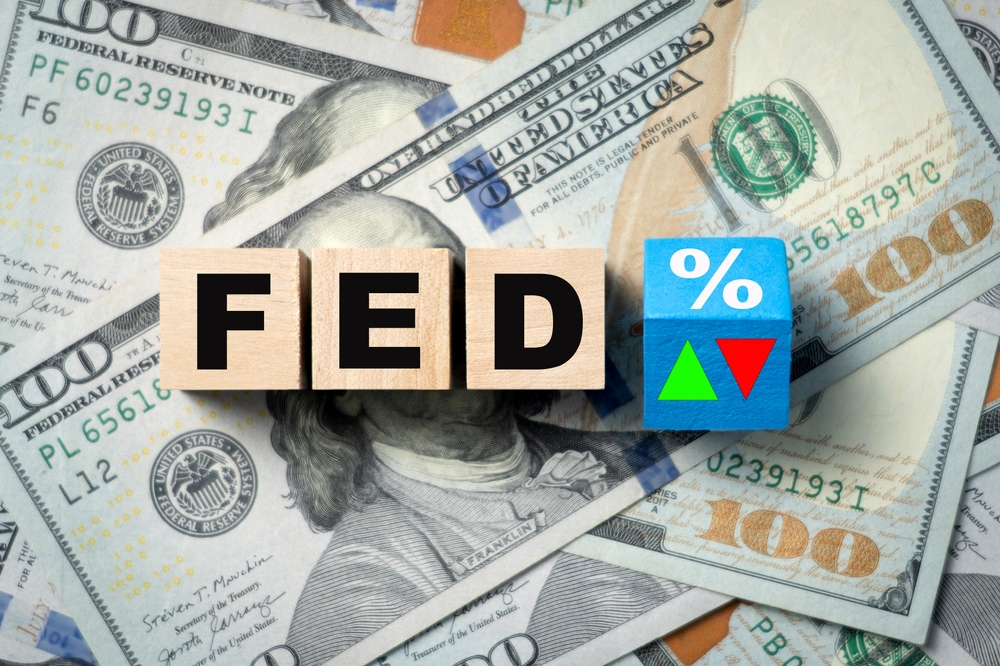
Brent crude held around $70 a barrel in mid-July 2025 thanks to strong summer gasoline demand and geopolitical risk in the Red Sea. Near-term sentiment is firm, but medium-term forecasts call for rising inventories and lower prices by year-end. [1]
$70, but the outlook is weakening
In the week to 20 July 2025, North Sea Brent traded near $70*, as the market priced in strong U.S. gasoline demand data and attacks on shipping in the Red Sea. Short-term sentiment was also supported by supply disruption fears. However, in its July–August outlook the EIA projects rising global inventories in Q4 2025 and a drop in the average Brent price toward $62 per barrel, limiting room for a more durable rally. [2]
Red Sea and Iran in the background
Security incidents in the Red Sea have raised insurance risk for tankers and keep the market on alert. At the same time, reports of a restart of nuclear talks with Iran reduced part of the geopolitical premium, since progress could ease export restrictions. Disruption risk pushes prices up, but signals of potential additional Iranian volumes pull them down.
Strong season vs. inventory drag
The U.S. summer driving season supports refining margins and crude runs in the short term, but international statistics show global inventories will rise into year-end. The IEA’s July report stresses that non-OPEC+ supply and weaker economic growth in H2 2025 will keep the market in a mild surplus, consistent with the EIA’s outlook for a declining price trajectory over the period. For producers this means pressure to maintain discipline. For importers it is a chance to rebuild stocks.
* Past performance is not indicative of future results.
[1,2] Forward-looking statements are based on assumptions and current expectations that may be inaccurate, or on the current economic environment, which may change. Such statements are not guarantees of future performance. They involve risks and other uncertainties that are hard to predict. Actual results may differ materially from those expressed or implied in any forward-looking statements.

In September 2025 the U.S. central bank took a step many investors had long hoped for. After months of hesitation it cut interest rates by 25 basis points to a new range of 4.00–4.25 percent. Altho...
While Tesla’s reputation in Europe is losing its luster, Chinese competitor BYD has moved to the center of investors’ attention. Demand for Tesla’s new models remains below expectations, especially...
Gold is approaching the breakthrough of another psychological barrier, which was preceded by a slight decline. For the precious metal, it was only a short pause before reaching a new record level just a few days later. A sour...



